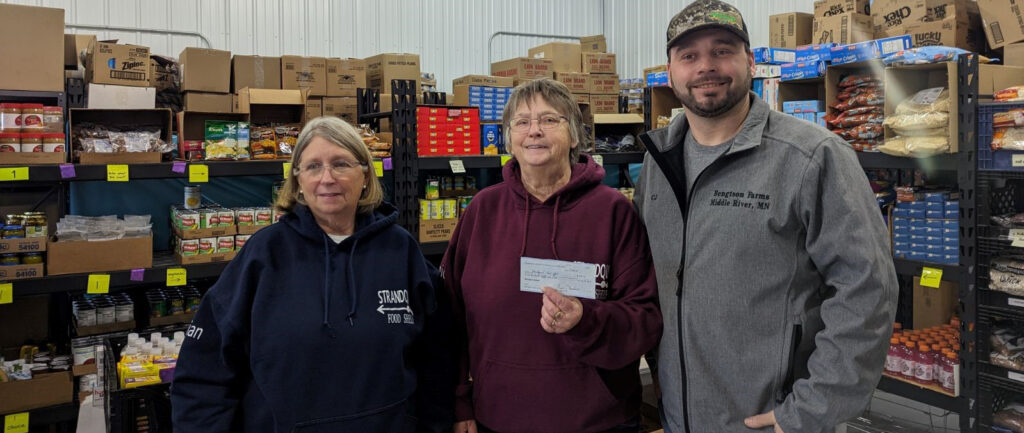The soy checkoff’s latest collaboration brought Qualified State Soybean Boards (QSSBs) together to maximize the results of checkoff-funded research projects in the most effective way possible: bringing the findings to farmers. The redesigned Soybean Research & Information Network (SRIN) website — soybeanresearchinfo.com — was launched through a joint effort by the North Central Soybean Research Program (NCSRP) and the United Soybean Board (USB) to give farmers a virtual resource full of information and toolkits for more efficient soybean production.
This is a one-stop shop for all the information the checkoff has discovered through farmer investments regarding key problem areas in production, such as tolerance and resilience. Each article on the SRIN website provides insight and explanation on the research findings and links directly to the study in the overall database for further exploration.
“The soy checkoff and QSSBs have worked together to find solutions, best practices and data on key issues and have made that available for all farmers to use,” said Tim Venverloh, USB Vice President of Sustainability Strategy.
The farmer-leaders of USB and QSSBs determine which research is funded — geared toward addressing farmers’ specific and most pressing needs and uncovering opportunities to build profits for soybean farmers.
“I had no idea how much valuable research the checkoff has made possible,” said Lindsay Greiner, USB farmer-leader from Keota, Iowa. “Some of these projects are clear and actionable, such as providing data on what fungicides will provide good disease control based on the most prevalent diseases that can really threaten yield. There doesn’t seem to be a limit for how far it can go to help our industry.”
Tolerance and resilience are two issues farmers know too well, and they have been the focal points for the latest research. Additional projects have sought to combat all sorts of challenges, from obstacles associated with unpredictable weather patterns to insect management and variety performance. Some of these research projects include:
• Battling billion-dollar yield robbers such as stink bugs or sudden death syndrome (NCSRP).
• Navigating herbicide-resistant weeds and helping farmers adopt the practices best suited to their crop and weed populations (Missouri Soybean Merchandising Council).
• Enhancing seed quality by improving its genetics and traits based on a farm’s external factors (Southern Soybean Research Program).• Controlling soybean seed and seedling rots worsened by diseases made more prevalent by wet planting seasons (USB, NCSRP).
“There’s always things that come up that we’ll have questions about, and it’s good to know right away what resources we have available,” said David Nichols, a USB farmer-leader from Ridgely, Tenn. “It’s even better to have it in what I call ‘turn row terminology’ — in the language farmers can understand and put to use.”
And the work doesn’t stop at the creation of the website. The soy checkoff continues its investments in new research toward new best practices, solutions to problems and innovations to help farmers contend with rising challenges.
“The state and national checkoff programs working together helps take every investment further and, overall, get more done,” Greiner said.
To learn more about the latest research and the soybean industry, visit soybeanresearchinfo.com or unitedsoybean.org.







